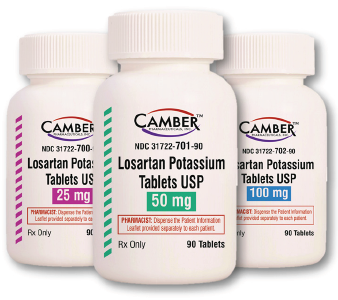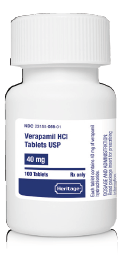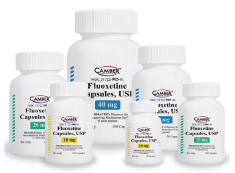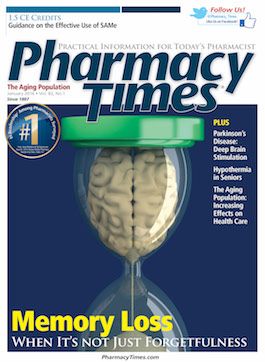Publication
Article
Pharmacy Times
Generic Product News (January 2016)
Read about the new generic products featured in January.

Camber Pharmaceuticals
Compare to: Cozaar (Merck and Co, Inc)
Indication: Camber Pharmaceuticals has announced the launch of Losartan Potassium Tablets USP in 25-, 50-, and 100- mg tablet strengths. The drug is indicated to treat high blood pressure. The 25-mg tablet strength is available in 90-, 500-, and 1000-count bottles; the 50- and 100-mg tablet strengths are available in 90- and 1000- count bottles.
Dosage Form: Tablets: 25, 50, and 100 mg
For More Information: camberpharma.com

Verapamil 40-mg Immediate-Release TabletsMarketed by: Heritage Pharmaceuticals, Inc
Compare to: Calan (Pfizer)
Indication: Heritage Pharmaceuticals has announced the availability of Verapamil 40-mg Immediate-Release Tablets. The product is indicated to treat angina, arrhythmias, and essential hypertension.
Dosage Form: Tablets: 40, 80, and 120 mg
For More Information: heritagepharma.com

Fluoxetine CapsulesMarketed by: Camber Pharmaceuticals
Compare to: Prozac (Eli Lilly & Co)
Indication: Camber Pharmaceuticals has announced the availability of Fluoxetine Capsules in 10-, 20-, and 40-mg tablet strengths. All 3 strengths will be available in 30- and 100-count bottles. The product is indicated to treat major depressive disorder, bulimia nervosa, obsessive-compulsive disorder, panic disorder, and premenstrual dysphoric disorder.
Dosage Form: Capsules: 10, 20, and 40 mg
For More Information: camberpharma.com

Montelukast Sodium Oral GranulesMarketed by: Ajanta Pharma USA, Inc
Compare to: Singulair (Merck & Co, Inc)
Indication: Ajanta Pharma USA has announced the launch of Montelukast Sodium Oral Granules in a 4-mg dosage strength. The product is intended to treat chronic asthma in pediatric patients aged 6 months to 5 years.
Dosage Form: Individual sachets: 4 mg
For More Information: ajantapharmausa.com







